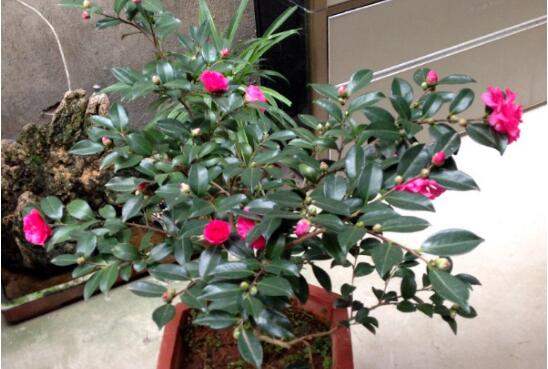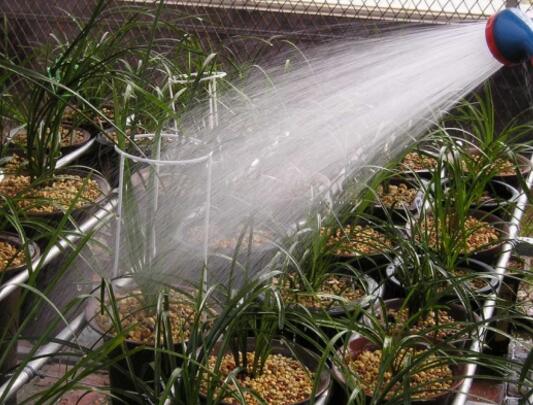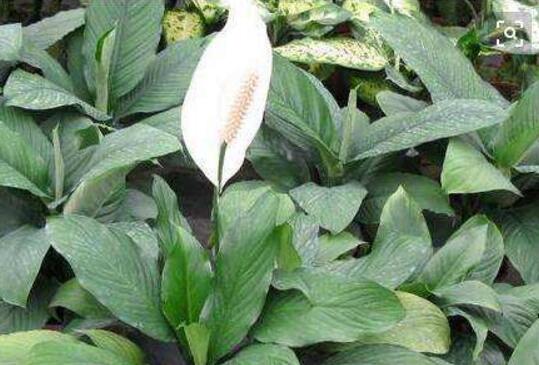How to trim tea plum, the pruning method of tea plum bonsai / pruning leaves and roots
Tea plum, named after leaves like camellia and flowers like plum blossoms, is a very beautiful flower. People often make it into bonsai for people to watch. However, the beauty of tea plum is not achieved overnight, but needs careful maintenance and reasonable pruning. How to prune tea plum? The following is the pruning method of tea plum bonsai, follow the small series to understand and see.
I. How to prune camellia, imagination is very important

Pruning is a technical activity, especially for tea plum pruning, not only needs skills, but also needs everyone's rich imagination, so as to trim tea plum bonsai well. As for how to prune tea plum, generally speaking, there are three steps to do, one is to cut branches and leaves, the other is to repair roots, and the third is to set the shape. Exactly how to do it, let's look down.
Second, the pruning method of tea plum bonsai
1, pruning time
How to prune camellias, choose the right time is crucial. Generally speaking, if it is to improve the quality and flower quantity of tea plum, the best time for pruning should be after flowering and before spring shoot germination, and the specific time can be selected in March.
2, pruning
In March, cut off unnecessary branches of tea plum: dense branches, trunk buds, inward branches, etc., are unnecessary branches, everyone should cut off all, so that tea plum becomes refreshing.
3. Cutting leaves
In the pruning method of tea plum bonsai, in addition to pruning, cutting leaves is also very important. Tea plum leaves and leaves between should be maintained more and not numerous, less and not sparse state, in this regard, we can properly cut off some leaves. Through the treatment of branches and twigs, clever combination, to achieve a reasonable layout, proportion coordination.
4. Setting
The pruning of tea plum bonsai, in addition to improving the quality and flower quantity of tea plum, the most important thing is of course to cut out the beautiful shape. And this requires our imagination, first imagine the shape of the pruned tea plum, then make a sketch, and finally cut according to the sketch.
Simply put, it is to adjust the tree shape of tea plum: cut off the outer branches and the branches that make the crown messy to adjust the tree size. In addition, the trunk should be cut off from the near upper part of the node (branch bifurcation) to maintain the height of the tree or reduce the tree size.
In general, tea plum vitality is relatively strong, we can rest assured that the pruning. Of course, when pruning, we also need to combine the natural characteristics of different varieties of tea plum, so as to cut out beautiful tea plum. As for the pruning method of tea plum bonsai, Xiaobian introduced it here, hoping to bring help to everyone.
How do you trim the tea balls into potted plants?
The purpose of making tea plum bonsai lies in viewing. The premise of viewing is to give tea plum a good shape, so how to shape it is very important. How do you trim that tea plum ball into a bonsai? Today, wed114 wedding network Xiaobian brings you the pruning method of tea plum bonsai.
How to cut tea balls into bonsai
1. Trunk treatment
It is necessary to combine the natural characteristics of different varieties of tea plum, to shape the trunk by climbing or twisting, etc., or to cut off the top shoots to promote the rapid germination of the buds in the axils, so as to increase the number of branches, which is conducive to the formation of crown and layer, or to cut off the trunk and retain the lateral branches, and accumulate into the crown of Qiu branches year by year, but pay attention to the symmetry of trunk and branches.
Straight dry trunk to be straight or slightly curved trunk, trunk base slightly thicker, gradually thinner upward.
Double stem shape should be near the trunk base of the auxiliary stem, and different height.
Oblique dry trunk to tilt, but can not lie down, generally maintain about 45°, tilt part of the trunk for more than half of the full length, crown finally put right.
The curved trunk should bend naturally and moderately. Don't bend back and forth at the same level. It should be scattered before and after.
2. Branch treatment
The length and density of branches should be coordinated with the height and thickness of the trunk. Over-dense branches can be pruned moderately. Don't let them bloom in the first two to three years. Don't be too anxious in the whole posture process.
Because the branches are relatively brittle and hard, especially the branches are easy to break, so special care should be taken. For individual slender branches, in addition to excessive long branches that can be cut off or cut short, lead wire should be twisted to shorten them. It should be thick and not thin in modeling. It is best to process the modeling year by year.
How to cut tea balls into bonsai
3. Leaf treatment
Through the treatment of branches and twigs, clever combination, to achieve a reasonable layout, proportion coordination.
The relationship between leaves and leaves should be treated more and not multiplied, less and not sparse, and some branches and leaves can be appropriately cut off for coordination with plants.
In the process of cultivation, appropriate restrictions on fertilizer and water, as far as possible to make the leaves become smaller.
4. Root treatment
Root treatment should be combined with the posture of the trunk, such as straight dry roots are best exposed slightly, curved dry roots can be exposed more, it is best to have intertwined roots, cliff-like roots are best exposed on the other side of the inverted.
Pruning method of tea plum potted landscape
Tea plum bonsai modeling: trunk treatment
It is necessary to combine the natural characteristics of different varieties of tea plum, to shape the trunk by climbing or twisting, etc., or to cut off the top shoots to promote the rapid germination of the buds in the axils, so as to increase the number of branches, which is conducive to the formation of crown and layer, or to cut off the trunk and retain the lateral branches, and accumulate into the crown of Qiu branches year by year, but pay attention to the symmetry of trunk and branches.
Straight dry trunk to be straight or slightly curved trunk, trunk base slightly thicker, gradually thinner upward.
Double stem shape should be near the trunk base of the auxiliary stem, and different height.
Oblique dry trunk to tilt, but can not lie down, generally maintain about 45°, tilt part of the trunk for more than half of the full length, crown finally put right.
The curved trunk should bend naturally and moderately. Don't bend back and forth at the same level. It should be scattered before and after.
Tea plum bonsai modeling: branch treatment
The length and density of branches should be coordinated with the height and thickness of the trunk. Over-dense branches can be pruned moderately. Don't let them bloom in the first two to three years. Don't be too anxious in the whole posture process.
Because the branches are relatively brittle and hard, especially the branches are easy to break, so special care should be taken. For individual slender branches, in addition to excessive long branches that can be cut off or cut short, lead wire should be twisted to shorten them. It should be thick and not thin in modeling. It is best to process the modeling year by year.
Tea plum bonsai modeling: leaf treatment
Through the treatment of branches and twigs, clever combination, to achieve a reasonable layout, proportion coordination.
The relationship between leaves and leaves should be treated more and not multiplied, less and not sparse, and some branches and leaves can be appropriately cut off for coordination with plants.
In the process of cultivation, appropriate restrictions on fertilizer and water, as far as possible to make the leaves become smaller.
Tea plum bonsai modeling: root treatment
Root treatment should be combined with the posture of the trunk, such as straight dry roots are best slightly exposed, curved dry roots can be more exposed, it is best to entangle roots, cliff-like roots are best exposed on the other side of the inverted.
- Prev

How to water potted mint flowers, watering varies greatly in four seasons / pay attention to control the amount of water.
Peppermint is a kind of common flower in people's life, which has high edible value, so many people grow it at home. With more and more people planting it, people are more concerned about its maintenance. Among them, the problem of watering is also disturbing. About how to water peppermint
- Next

How to raise white palm, the breeding methods and matters needing attention / environmental methods are very important.
We know that the efficacy and function of white palm is very many, so more and more people raise it, but if you want to raise it well, you need to master certain skills, so how can white palm grow well? It is the key to understand the breeding methods and matters needing attention of white palm. The premise of how to raise the white palm well
Related
- Fuxing push coffee new agricultural production and marketing class: lack of small-scale processing plants
- Jujube rice field leisure farm deep ploughing Yilan for five years to create a space for organic food and play
- Nongyu Farm-A trial of organic papaya for brave women with advanced technology
- Four points for attention in the prevention and control of diseases and insect pests of edible fungi
- How to add nutrient solution to Edible Fungi
- Is there any good way to control edible fungus mites?
- Open Inoculation Technology of Edible Fungi
- Is there any clever way to use fertilizer for edible fungus in winter?
- What agents are used to kill the pathogens of edible fungi in the mushroom shed?
- Rapid drying of Edible Fungi

